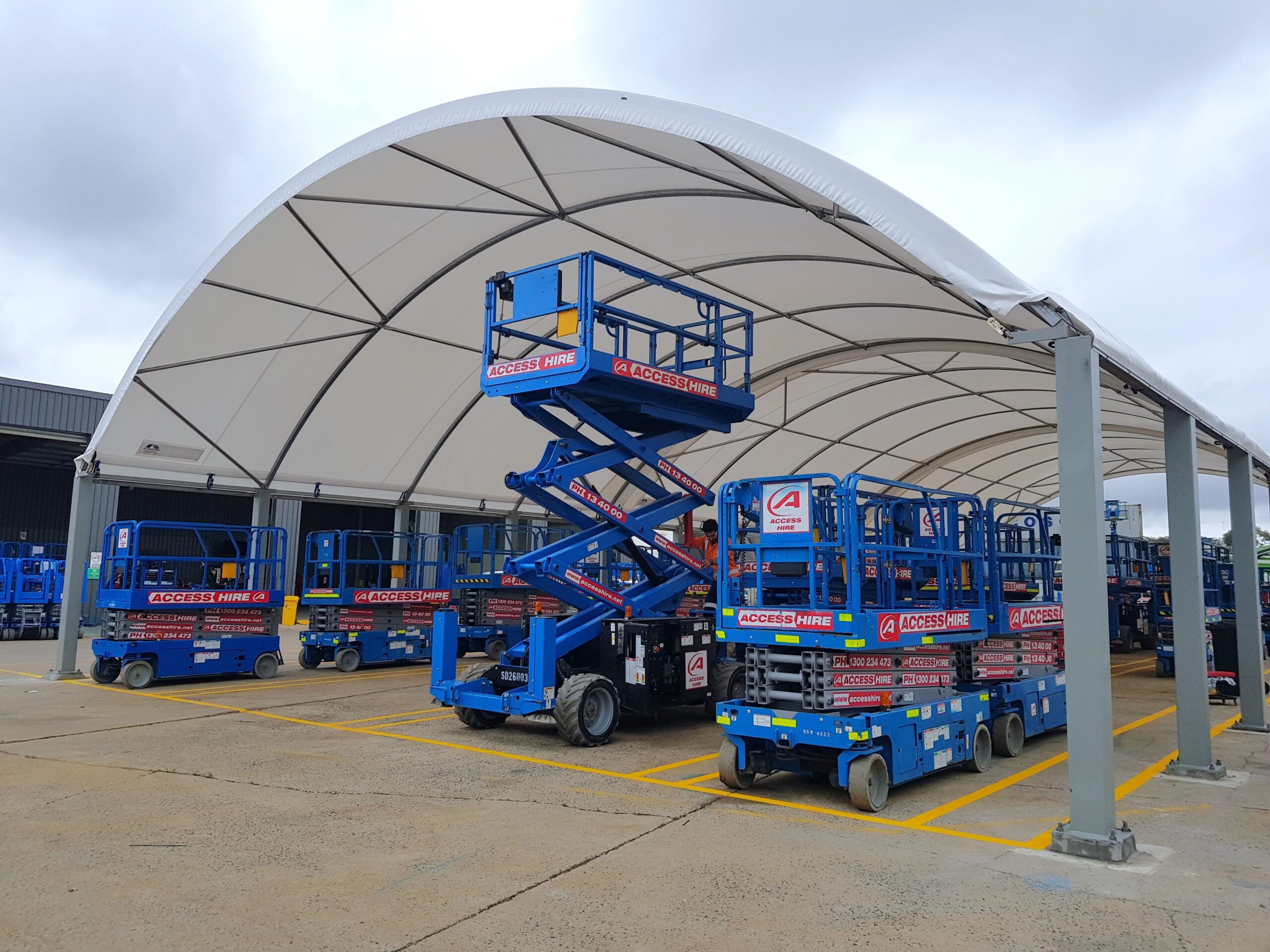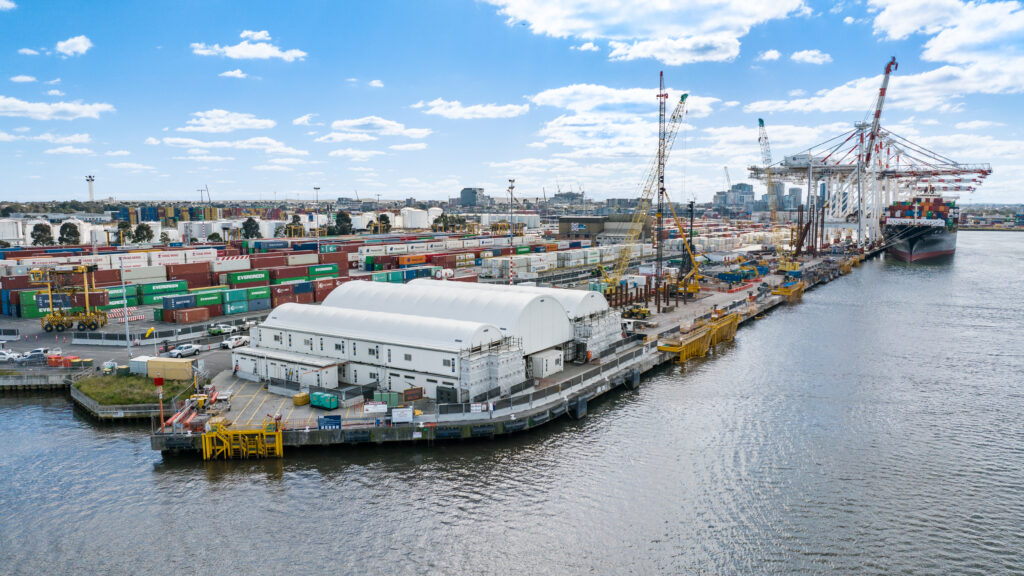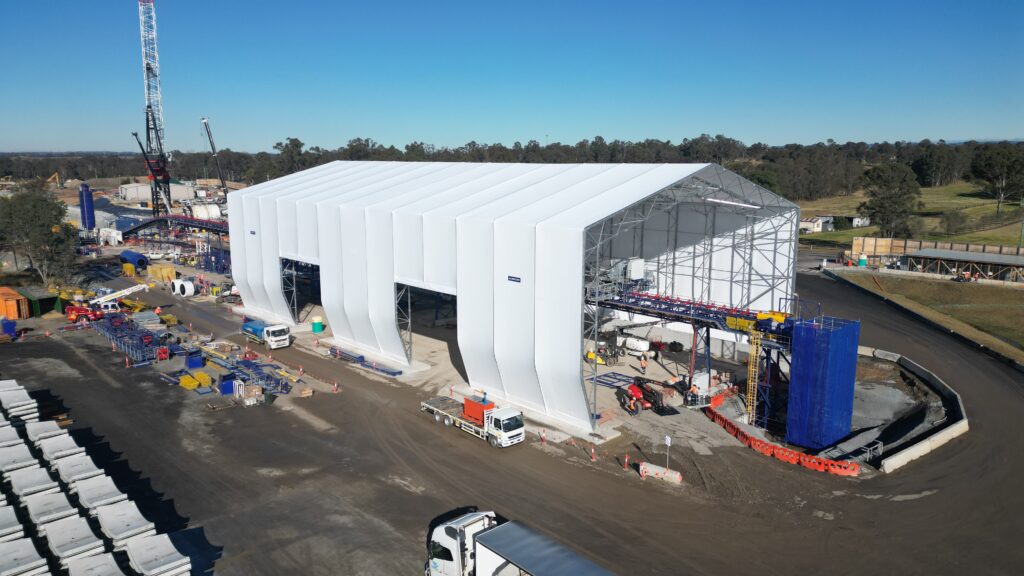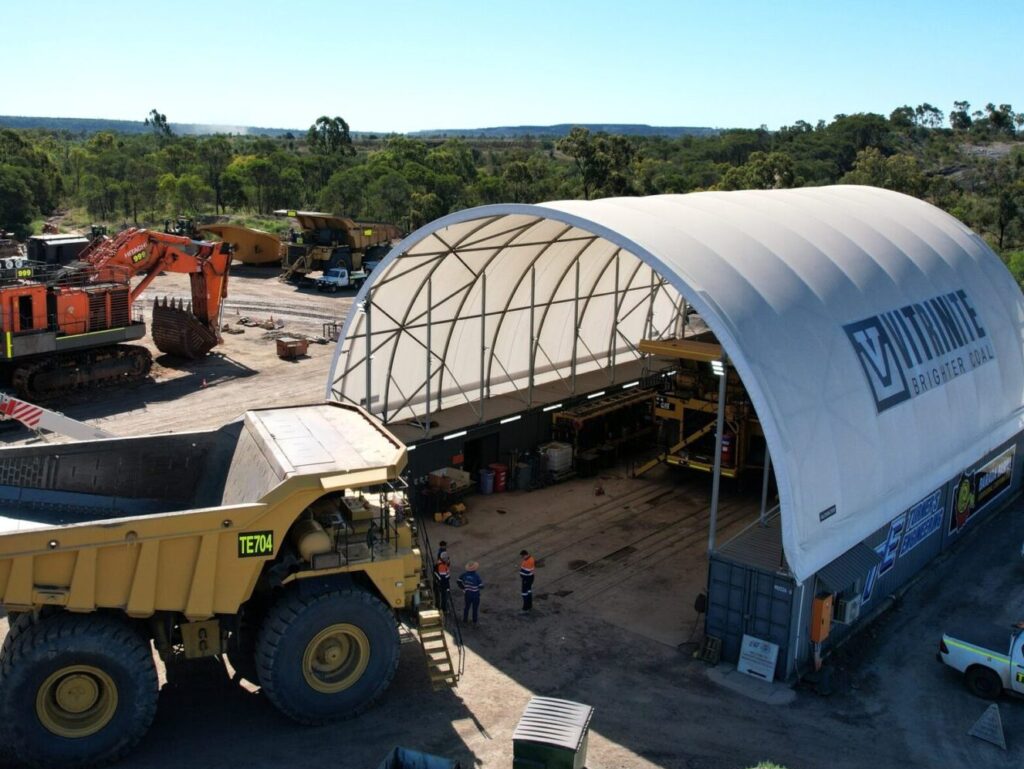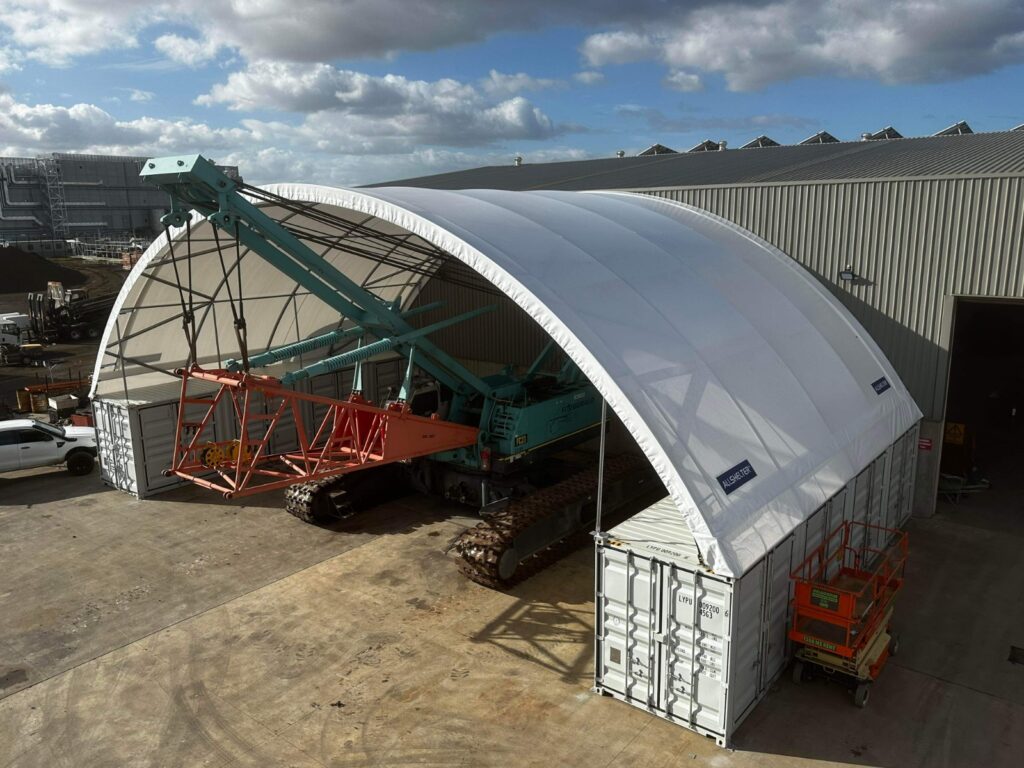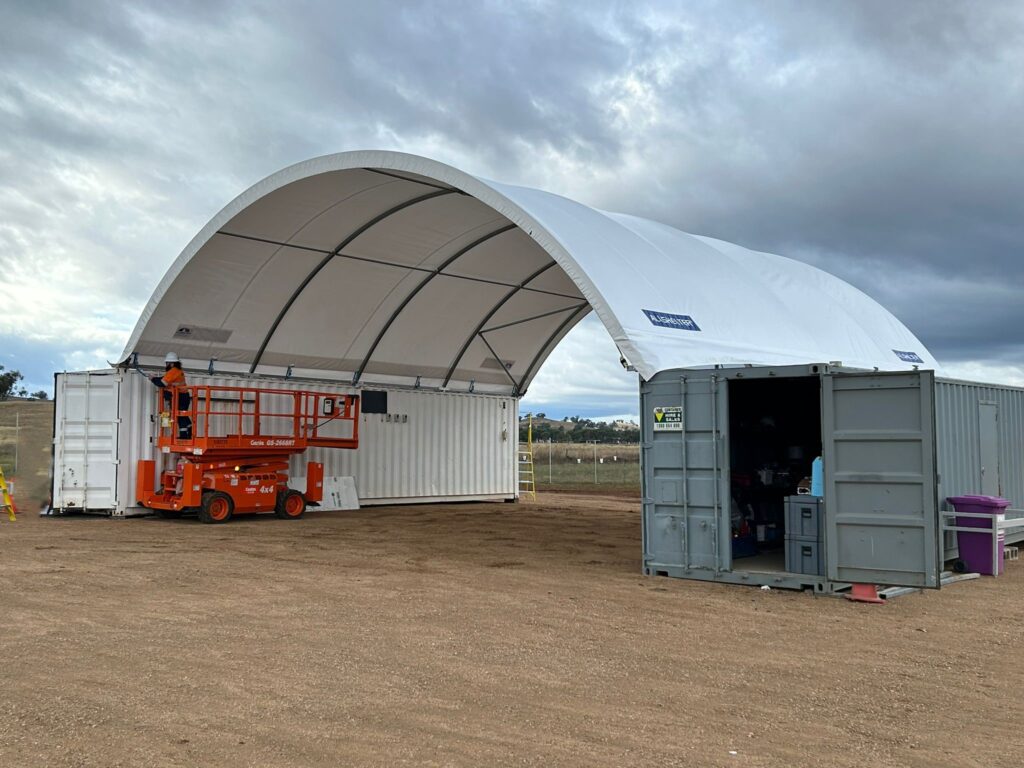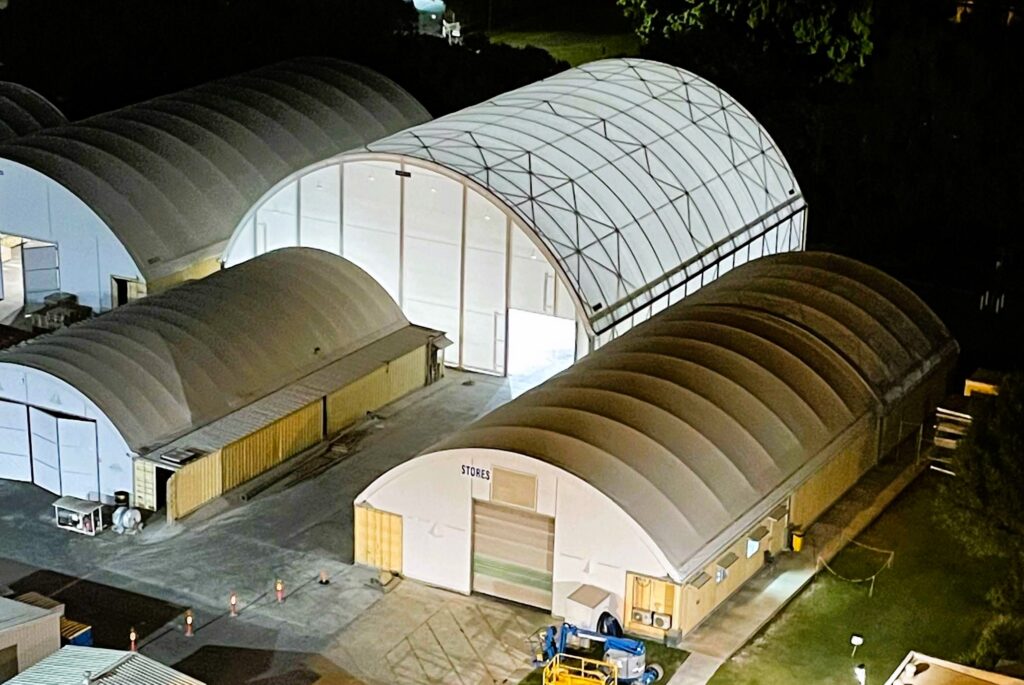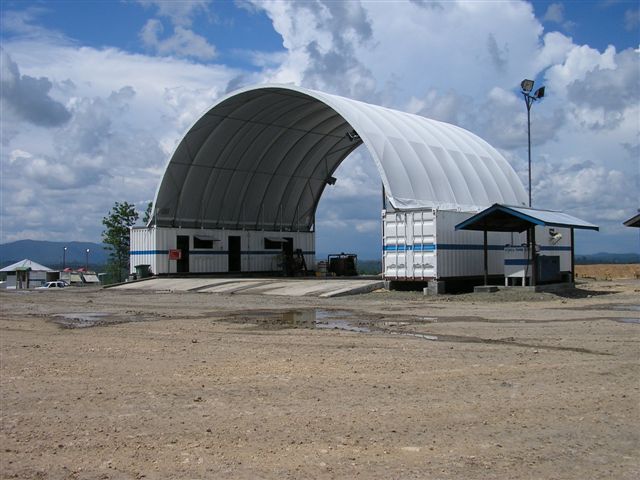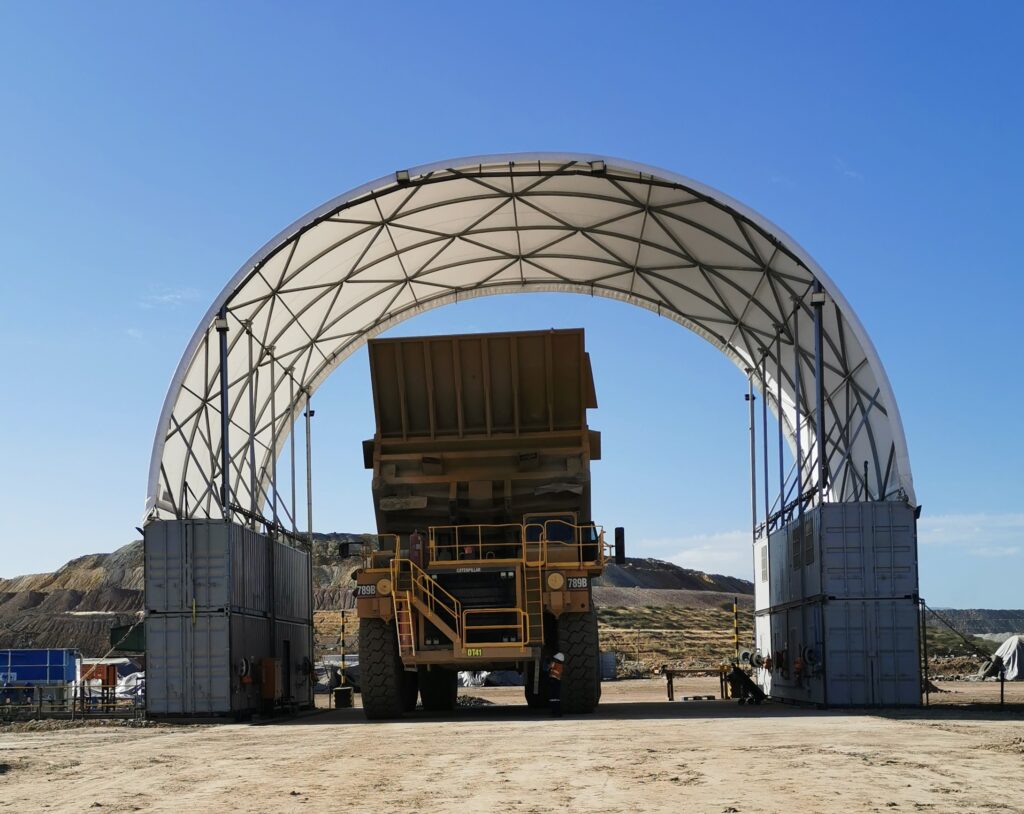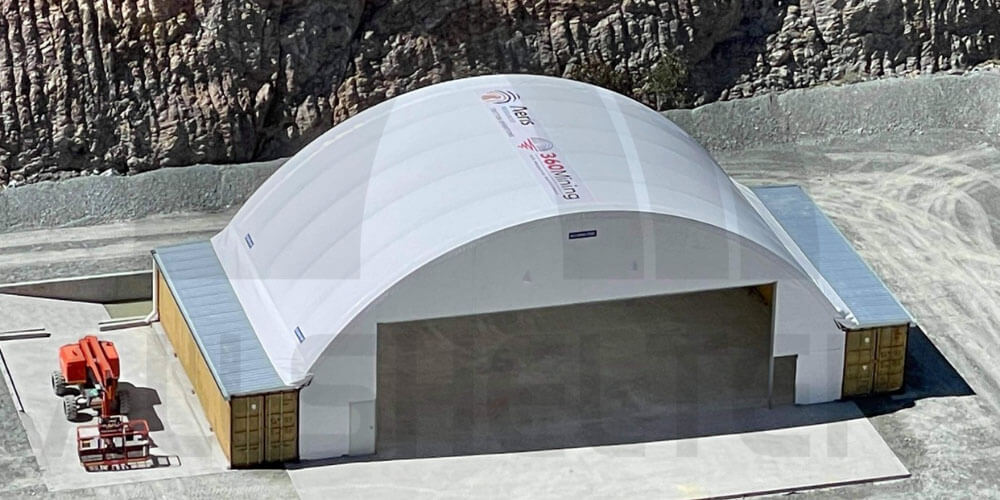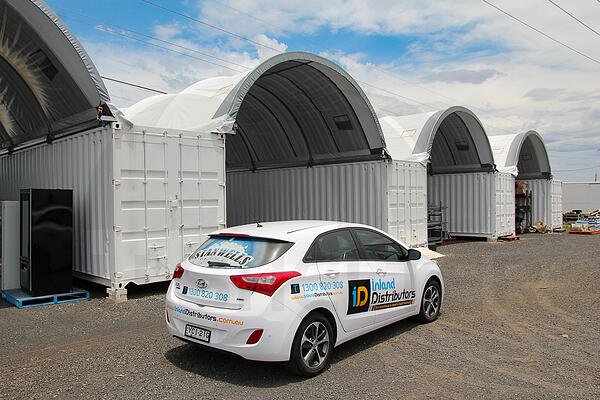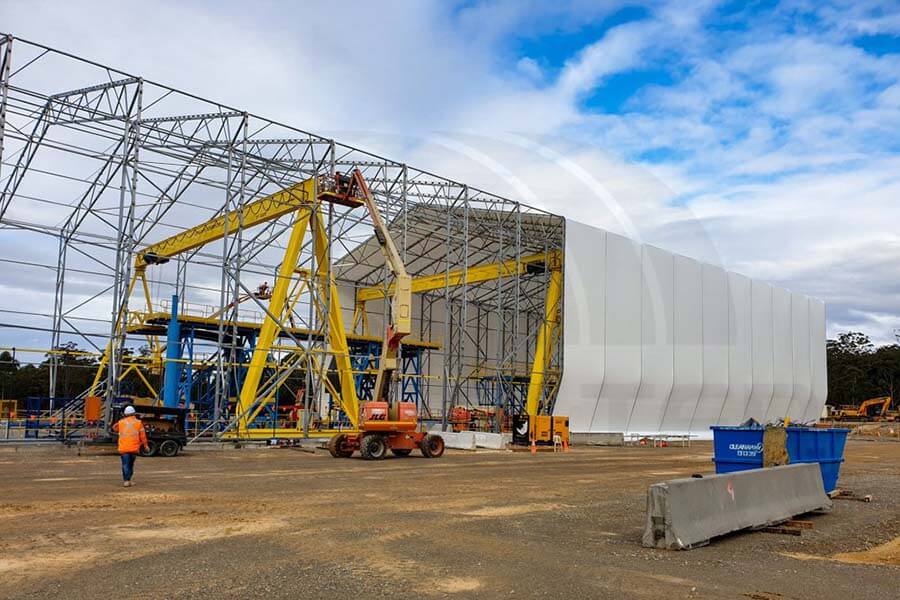The manufacturing industry is fast-paced and competitive, with companies continually seeking ways to optimise their processes and enhance profitability. Cost reduction in the manufacturing industry is crucial in helping those within the industry stay ahead of the game and improve their bottom line. In this article, we’ll explore five practical tips to help streamline operations and save costs in the manufacturing industry.
Importance of Cost Reduction In Manufacturing
An important aspect of any business, especially those within the manufacturing industry is to manage costs, to ensure competitiveness in the market. The costs associated with manufacturing directly influence profitability, as reducing production expenses boosts profit margins, therefore ensuring healthy and sustainable financials. It also strengthens competitiveness by enabling companies to offer more attractive prices without compromising quality, thereby attracting more customers and expanding market share. Furthermore, cost reduction fosters innovation by freeing up resources for research and development, facilitating the creation of new products and services. Cost reduction in the manufacturing industry is crucial in driving profitability, competitiveness and innovation, which are all essential for long term success and growth in today’s dynamic and unpredictable business environment.
Types of Manufacturing Costs
When it comes to manufacturing, there are three types of costs which are associated. These include:
1. Materials
This encompasses the expenditures associated with the procurement of raw materials that are essential for the manufacturing process. These materials can include wood, steel, fabric, plastic and any other materials directly used in the production of goods.
2. Labour
Direct labour costs refer to the wages and benefits paid to workers directly involved in the production process. This includes assembly line workers, machine operators, and other staff members directly involved in manufacturing operations.
3. Overheads
Manufacturing or production overhead costs incorporate all other expenses incurred during the production process that cannot be directly attributed to specific units of production. This category includes costs like utilities, rent for the manufacturing facility, machinery depreciation, maintenance expenses, and indirect labour costs (e.g., supervisors’ and sales teams salaries). These expenses are crucial for the smooth operation of the manufacturing process but do not directly contribute to the production of individual units.
5 Tips to Assist in Reducing Costs
1. Efficient Inventory Management
In addition to reducing excess stock and lowering holding costs, optimising your inventory management by implementing just-in-time inventory practices can significantly enhance your manufacturing operations. By streamlining your supply chain and ensuring that materials are delivered precisely when needed, you can improve cash flow and minimise the risk of stockouts and overstock situations. This strategic approach not only boosts efficiency but also helps alleviate the financial strain caused by excessive inventory levels. Ultimately, a well-managed inventory system is crucial in achieving cost savings and maintaining a competitive edge in the industry.
2. Embrace Lean Manufacturing Principles
Lean manufacturing principles are critical to streamlining production processes and eliminating unnecessary waste. Manufacturers can significantly reduce costs and boost productivity by identifying and removing non-value-added activities. This approach optimises manufacturing processes and fosters a culture of innovation and problem-solving within the organisation. This ultimately allows those within the manufacturing industry to achieve sustainable growth and competitiveness in today’s dynamic marketing environment.
3. Implement Energy-Efficient Practices
Reducing energy consumption is not only beneficial for the environment but also benefits operational costs. Companies can reduce their energy bills and improve their bottom line by investing in energy-efficient technologies and making simple changes like utilising natural light and optimising equipment usage. Regular energy audits are vital in identifying areas where energy consumption can be reduced. These audits can ultimately lead to a more sustainable and cost-effective operation. Taking these steps towards energy efficiency benefits the environment and contributes to a more financially stable business.
4. Focus on Quality Control
Ensuring your product is of the highest quality and maintaining that quality can reduce costs associated with defects, rework, and warranty claims. By implementing stringent quality control measures, you can be assured that your products will meet, if not exceed, customer expectations. This commitment to excellence enhances customer satisfaction, strengthens your brand reputation, and ultimately drives long-term success in the marketplace.
5. Regular Maintenance of Equipment
Regular maintenance helps prevent unexpected breakdowns and plays a crucial role in extending the lifespan of your equipment. By staying on top of maintenance tasks, there can be a significant reduction in the chances of costly repairs and replacements. This will save you and your company time and money in the long run. Establishing a regular maintenance schedule is a cost-effective strategy for preserving assets and ensuring they operate at their optimal performance levels. It is essential to pay attention to regular maintenance of your equipment, as it is the key to maximising the efficiency and longevity of your equipment.
How Can Fabric Shelters Help to Reduce Costs in the Manufacturing Industry
Container-mounted fabric shelters and similar curved fabric shelters offer a versatile shelter solution for various applications within the manufacturing industry. Quality dome shelters, such as those manufactured by Allshelter, use high-quality materials, guaranteeing the protection of your assets. Therefore, these shelters help eliminate the need to pay for extensive repairs and replacements of damaged stock. The Straatex®️ High-Density Polyethylene (HDPE) fabric features a white interior and exterior, allowing natural light to filter through. This reduces the reliance on artificial lighting, promotes energy efficiency, and creates a comfortable temperature for people to work under. Available in various sizes, these container domes and shelters can be designed to suit your specific equipment needs.
Conclusion
Implementing these five tips can significantly improve overall efficiency, reduce expenses, and increase profitability. By adopting a holistic approach and continually evaluating and improving processes, those within the manufacturing industry can be assured they will be in a position for long-term success in a competitive market.
Contact our team for more information on how fabric shelters can assist with cost reduction in the manufacturing industry. Our team is dedicated to providing innovative shelter solutions to meet the unique needs of the manufacturing industry.
